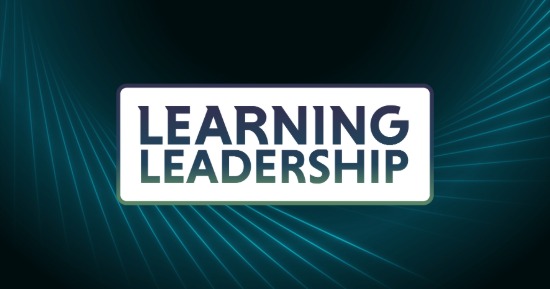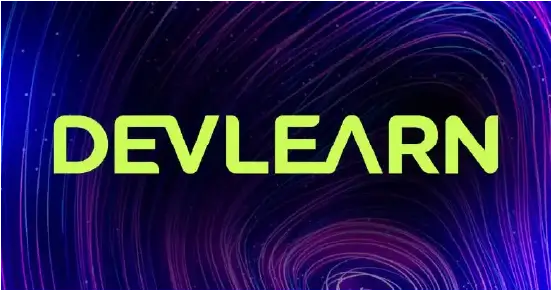I was running user testing on a learning ecosystem with multiple platforms, and when we got to the step in the process where the user had to switch to the LMS to do a search, I asked her if she had an issue with the transition. We were expecting her to give us insight into the usability of the way we had integrated the tools—but she clued us into a much deeper problem.
She said, “I have no problem with changing systems to get what I need. What I really have a problem with is the results.”
She then showed the search results screen: It was littered with obscure and outdated content that had little relevance to the topic she had requested.
I realized that this was not a problem of the system but one that had more to do with how the L&D departments that shared the LMS managed their content. In our industry there are many methodologies for creating content, complete with catchy acronyms, but they all miss the essential step of maintaining the existing content.
Launch and forget?
L&D departments get bombarded with requests for new content, and they are reward for their responsiveness. As soon as one eLearning module is completed and loaded in the LMS, it is forgotten and the next course in the queue is started. Multiply this by all the organizations that share the LMS. The result is a catalog of thousands of courses that no one has time to look at.
It is important to see this from the perspective of the learner.
A learner’s most valuable commodity is time. When they need to learn something, they must access the content as quickly as possible so that they can get back to work. When they search for courses related to their job, the LMS searches the entire catalog. The results will be unsatisfactory if the following statements are true:
- Courses are not removed after a reasonable amount of time. In your industry, how long does information stay relevant?
- Courses are not reviewed for accuracy. Do you have courses that refer to a leader who left the company or a tool or procedure that is no longer used?
- Courses that cover the same content are not consolidated. How many courses about more effective communications do you need?
- It is not clear what the course is about. Are course titles full of corporate-speak only decipherable by the L&D department? Are the descriptions descriptive? Are they filled in at all?
If the learner finds pages of content that give no clue as to which one they should open, they will choose to abandon their search. If they do open a course and find outdated information, they will lose confidence in the entire catalog. This is disastrous for any effort at creating a learning culture.
An LXP can help … to a point
You may think that this problem can be solved by a learning experience platform (LXP). After all, this is the problem that LXPs were designed to fix.
This is only partially true. As with all technology, the effectiveness of an LXP is only as good as the content that is tagged in it. L&D departments tasked with implementing an LXP are often frustrated with the state of the underlying course catalog. It is the same with LMS upgrades or replacements and any other system integration.
When the learning operations team and IT are working on these projects, a big roadblock is something called “orphan courses.” These are courses where there is no owner. The owner may not have ever been identified, or the owner has left the organization or their department no longer exists. Without an owner, it is hard to know what to do with the course. It is the same with the helpdesk. If there is an issue with a course and no contact info, the support technician has to spend a lot of time finding someone to fix it.
The content maintenance process
These problems can be addressed by creating a maintenance process. This process consists of three parts:
- Tasks performed when the course is created
- A review cycle for the entire catalog
- A content archiving process
During course creation is the best time to capture information that can be used for later maintenance:
- Requested by: The person or organization that requested the course in the first place
- Content owner: The person or organization responsible for the lifetime of the content
- Contact email: A group mailbox for the organization responsible for the content so that if anyone leaves, the emails will still get through
- Review-by date: The date that the content should be reviewed for updating or archiving based on business needs
- Title: A descriptive title that makes sense to learners
- Description: A paragraph that gives the business context for the course, including why someone would need to take it
- Course metadata: Includes tags for roles, skills, and topics, suggested prerequisites, and suggested follow-up courses
- Version
- Relevant links: Links to supporting resources like regulatory documents, guides, and job-aids
Review is everyone’s responsibility
It is critical to have a well-documented and communicated review process. It has to be everyone’s responsibility. It won’t work if it gets dumped on a couple of admins. Here are the steps in creating the process:
- If a learning governance doesn’t already exist, create a committee of representatives from each L&D team to be responsible for maintenance reviews.
- Ensure that the committee is empowered to make tough decisions. This may require getting a champion in senior leadership.
- Set a review schedule with a frequency that is realistic for your business (yearly is ideal).
- Create a set of rules or a decision tree to determine, for each course being reviewed, whether it should be kept, updated, or archived. Some of these rules may need to be stringent. For instance:
- All content that has not been updated in two years must be archived
- All content without an identified owner must be archived
- All content with outdated corporate branding must be updated
- Create a report in the learning platform to identify all courses whose “Review-by Date” has passed or is coming up in the current review cycle. This report should include the owner and contact field.
Archiving old material
An archiving process improves search results, maintains reporting integrity, and is critical for regulatory compliance. Once a course has been identified for archiving, it has to be removed from search and any other place it might appear with current content like learning plans or landing pages. When the course appears in learning histories and other reports, it needs to be clearly marked as archived. If the course has been replaced, that information should be accessible as well.
Invest up front for long-term benefits
Following a robust maintenance process may take extra time in the short term, but the time it saves in the long run is invaluable. Most importantly, it will improve the experience for learners and encourage them to participate more in the learning process.
Learn more
Adam Weisblatt will speak on “How to Organize Content Across Shared Learning Platforms” at the summer Learning Leaders Online Forum, July 27–28. Register by July 26!










